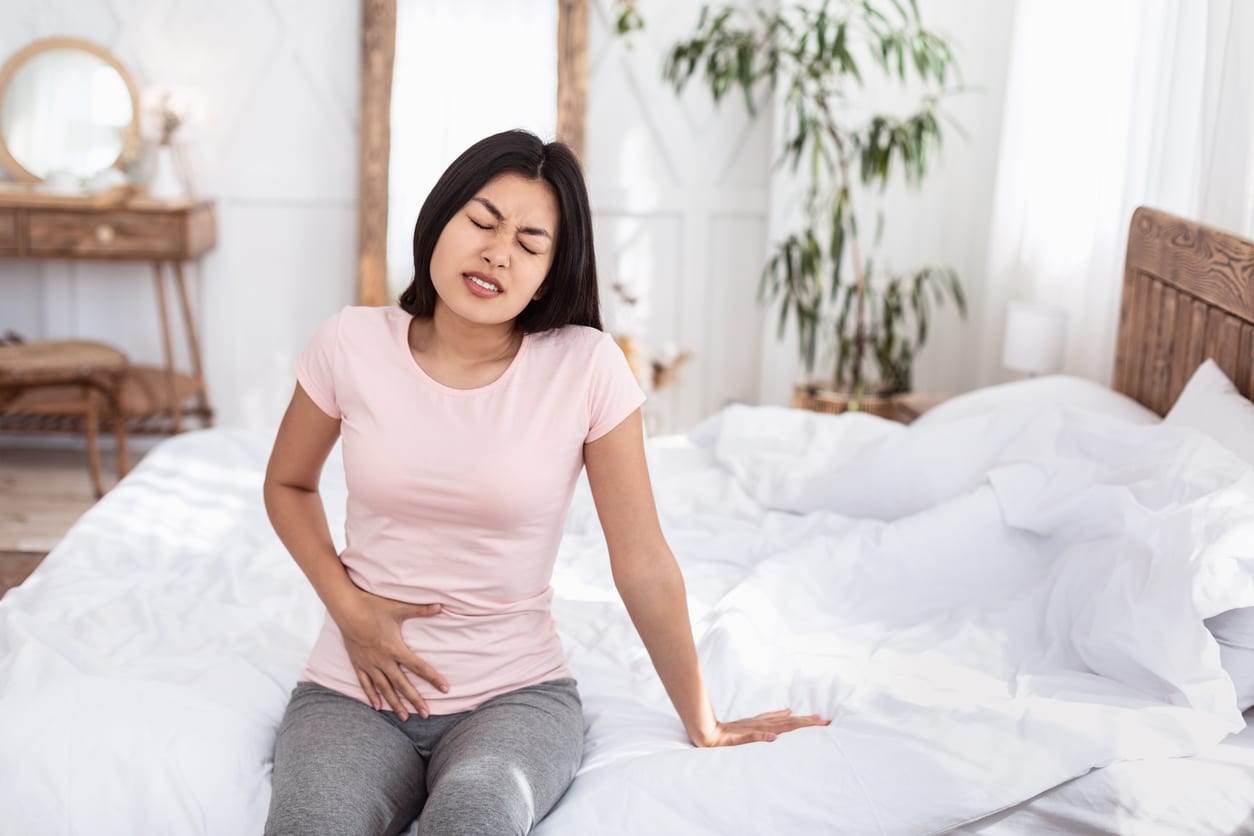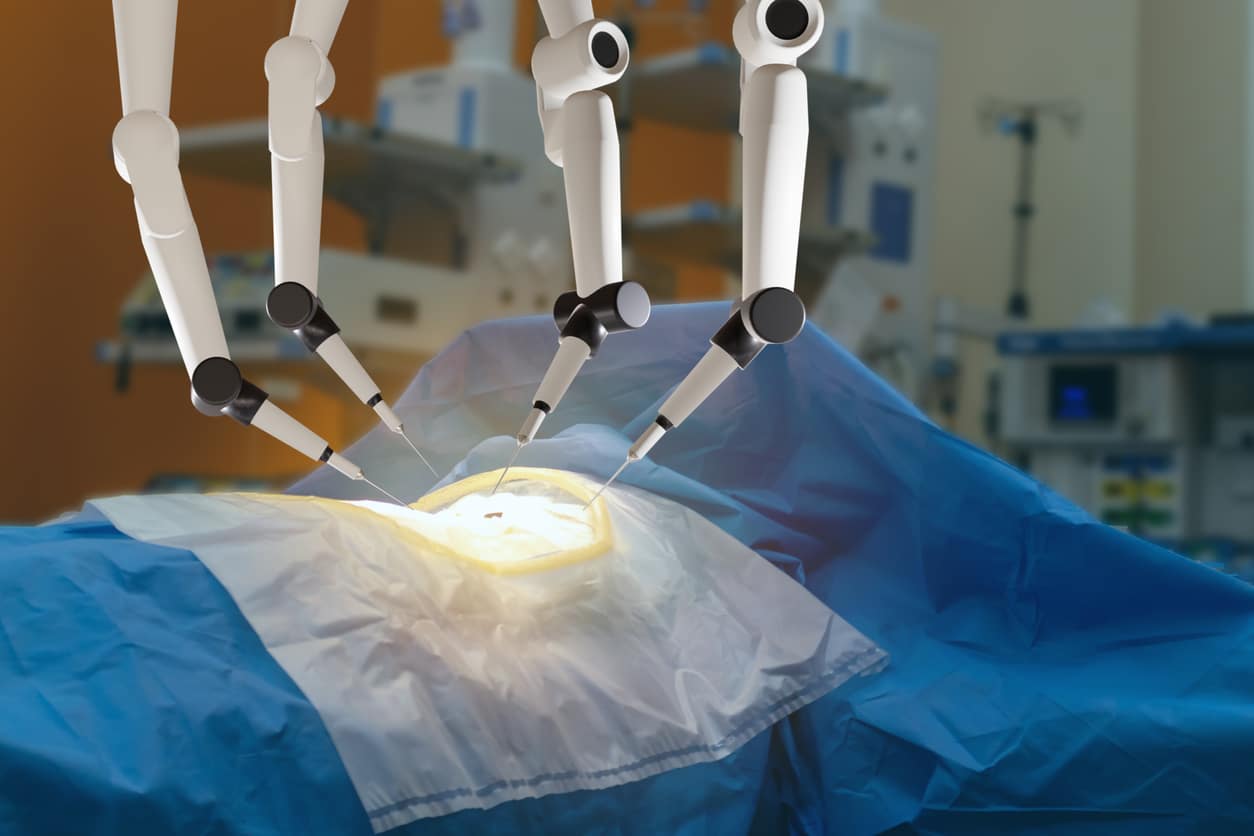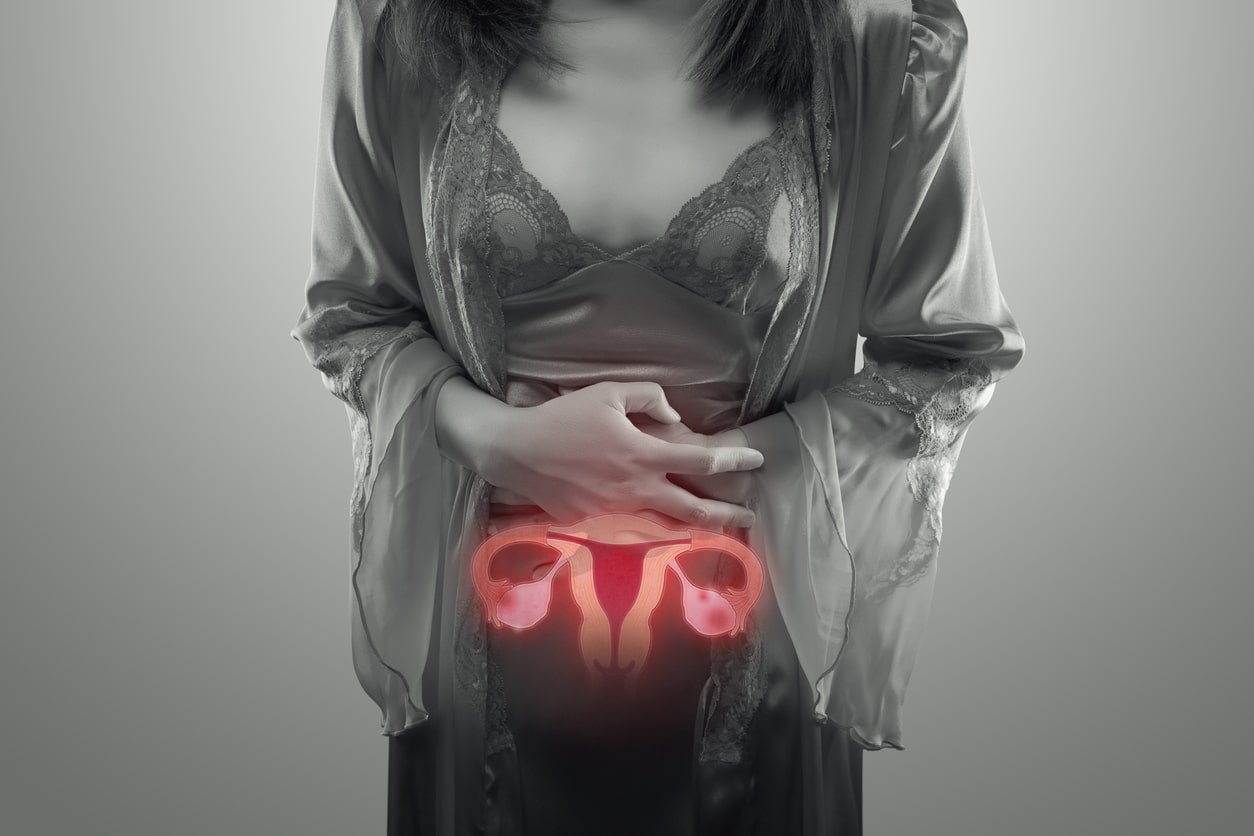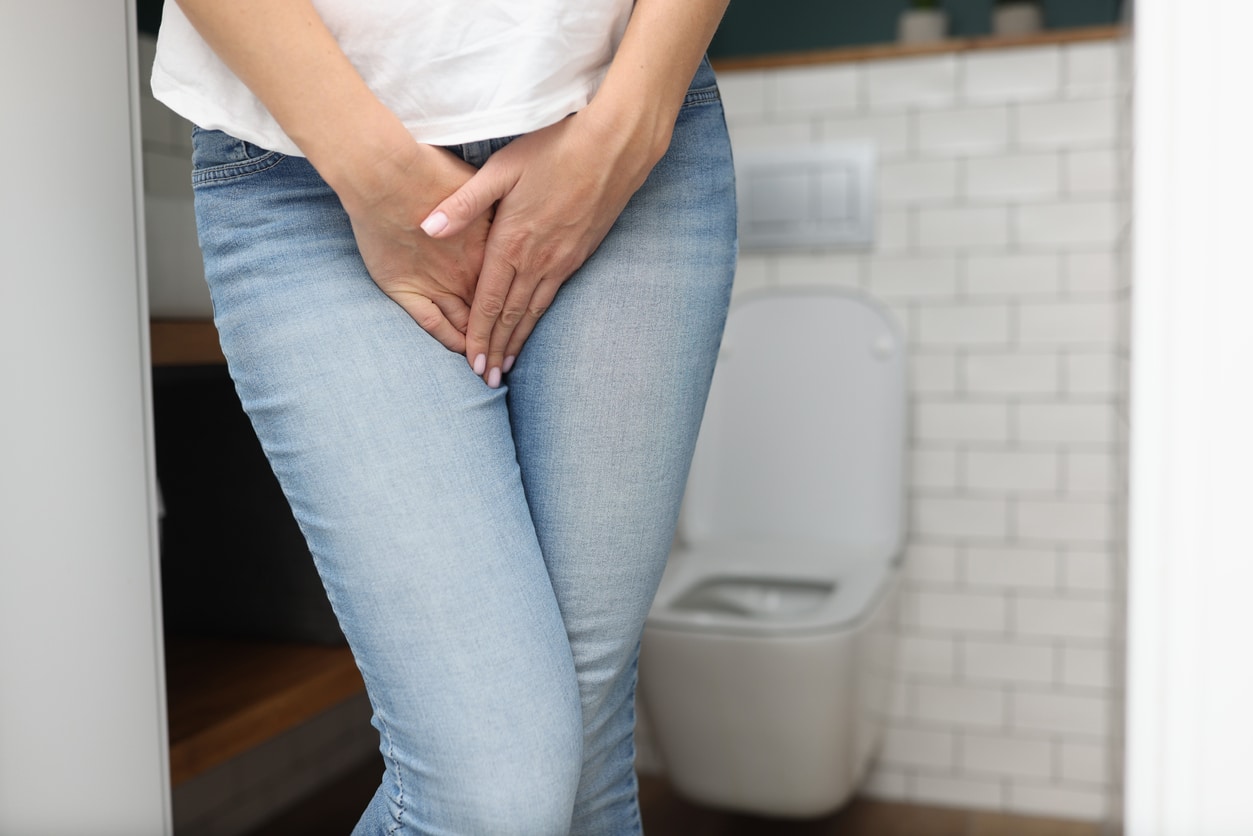An alternative to traditional surgery, a robotic hysterectomy is a cutting-edge technology utilizing the aid…

Pelvic Pain in Women: Top 5 Causes
When you’re suffering from chronic pelvic pain, we understand it can be disheartening and frustrating if you’re unable to identify its cause and find relief. You may have researched on your own, visited numerous doctors, or just tried to self-medicate with over-the-counter medications—all to no avail.
If this sounds familiar, the team at the Endometriosis Treatment Center of America (ETCOA) is here to help. We’re breaking down the top five most common causes of pelvic pain, so you can continue to research, seek medical advice, and find the relief you deserve.
Endometriosis
Endometriosis occurs when the endometrial lining, usually in your uterus, grows outside the uterus. Every 28 days–give or take–the lining sheds as it would in the uterus, but since it’s not in the right environment, the lining sticks around in your abdomen. This can cause chronic pelvic pain, cysts, scar tissue, and more.
Beyond pelvic pain, you may have endometriosis if you also experience:
- Painful menstrual cycles
- Painful intercourse
- Discomfort during urination and/or bowel movements
- Heavy menstrual bleeding
- Diarrhea
- Nausea
At ETCOA, we offer numerous treatments to ease your symptoms, like hormonal therapies and prescription medication. While endometriosis isn’t curable, treatment can significantly improve your quality of life.
Uterine Fibroids
Uterine fibroids are noncancerous growths in the uterus. You can have multiple fibroids or just one, often appearing during child birthing years. These growths attach to the muscle and connective tissue in the uterus and can range in size—anywhere from the size of a seed to a watermelon. Symptoms of uterine fibroids vary significantly from woman to woman, so you may not notice any signs, or they may be quite severe.
In addition to pelvic pain, you may have uterine fibroids if you experience:
- Excessive menstrual bleeding
- Frequent urination
- Painful intercourse
- Low back pain
- Chronic vaginal discharge
- Inability to urinate and/or fully empty bladder
If you’re diagnosed with uterine fibroids, the team at ETCOA can remove them with minimally invasive techniques.
Adenomyosis
Adenomyosis occurs when the lining in the uterus, called the endometrial tissue, grows into the muscular wall of the uterus. Unlike endometriosis, the lining grows inside the uterus, just not in the right spot, whereas the lining grows outside the uterus in cases of endometriosis. Once the lining sheds, it becomes trapped, leading to an enlarged uterus—sometimes three times the average size. Women aged 40 to 50 are more likely to get adenomyosis, especially if they’ve had children.
Some other symptoms of adenomyosis include:
- Chronic pelvic pain
- Heavy or prolonged menstrual periods
- Severe cramps during the menstrual cycle
- Tenderness and/or pressure in the abdomen
- Painful intercourse
For most women, adenomyosis will resolve after menopause. However, if you’re experiencing painful symptoms, you shouldn’t have to wait to find relief. ETCOA offers numerous treatments for adenomyosis, like hormonal therapy and, if necessary, surgery.
Irritable Bowel Syndrome
Irritable bowel syndrome (IBS) is a common yet uncomfortable gastrointestinal tract condition. While the cause of IBS is unknown, some studies suggest that stress, sensitive GI tract nerves, and brain-gut dysfunction may be to blame. Certain foods, like gluten, wheat, and dairy products, as well as stress, can trigger symptoms of IBS, making it challenging to participate in daily activities.
You may have IBS if you experience pelvic pain and other symptoms, including:
- Abdominal cramping, especially during bowel movements
- Changes in the appearance of bowel movements
- Frequent bowel movements
- Bloating
- Excessive Gas
There’s no treatment for IBS, but you can make numerous diet and lifestyle changes at your doctor’s discretion to manage symptoms. Additionally, there are medications to ease diarrhea, constipation, and nausea.
Internal Cystitis
Internal cystitis is a chronic bladder condition causing pelvic pain and bladder pressure. Usually, once your bladder is full, it sends signals to the brain that it’s time to urinate, but in cases of internal cystitis, these signals don’t work correctly. Symptoms can vary from case to case, and individual symptoms may improve or worsen over time. Anyone can develop internal cystitis, but you may be more likely to have this condition if you’re a woman over 30.
The common symptoms of internal cystitis include:
- Chronic pelvic pain
- Persistent urge to urinate
- Frequent urination
- Pain while the bladder is full
Internal cystitis isn’t curable, but various ways to manage your symptoms exist. Your doctor may prescribe diet changes, physical therapy, oral medications, and other forms of treatment.
Your Partner in Treating Your Pelvic Pain
If you’re suffering from chronic pelvic pain, you shouldn’t have to go without answers. At ETCOA, we can diagnose, treat, and manage your persistent pain so that you can live your life to the fullest. Whether you have endometriosis, uterine fibroids, or other condition, you’re not alone—we take your pain seriously. We’re a team of experts ready and equipped to listen attentively and find a solution that’s right for you.
Suffering from Pelvic Pain? Call Us Today!
At the Endometriosis Treatment Center of America, we’re dedicated to providing women with access to the latest technologies and solutions to treat and manage their pelvic pain. Call us at (248) 397-9129 or contact us online to speak with a compassionate, knowledgeable team member today!



